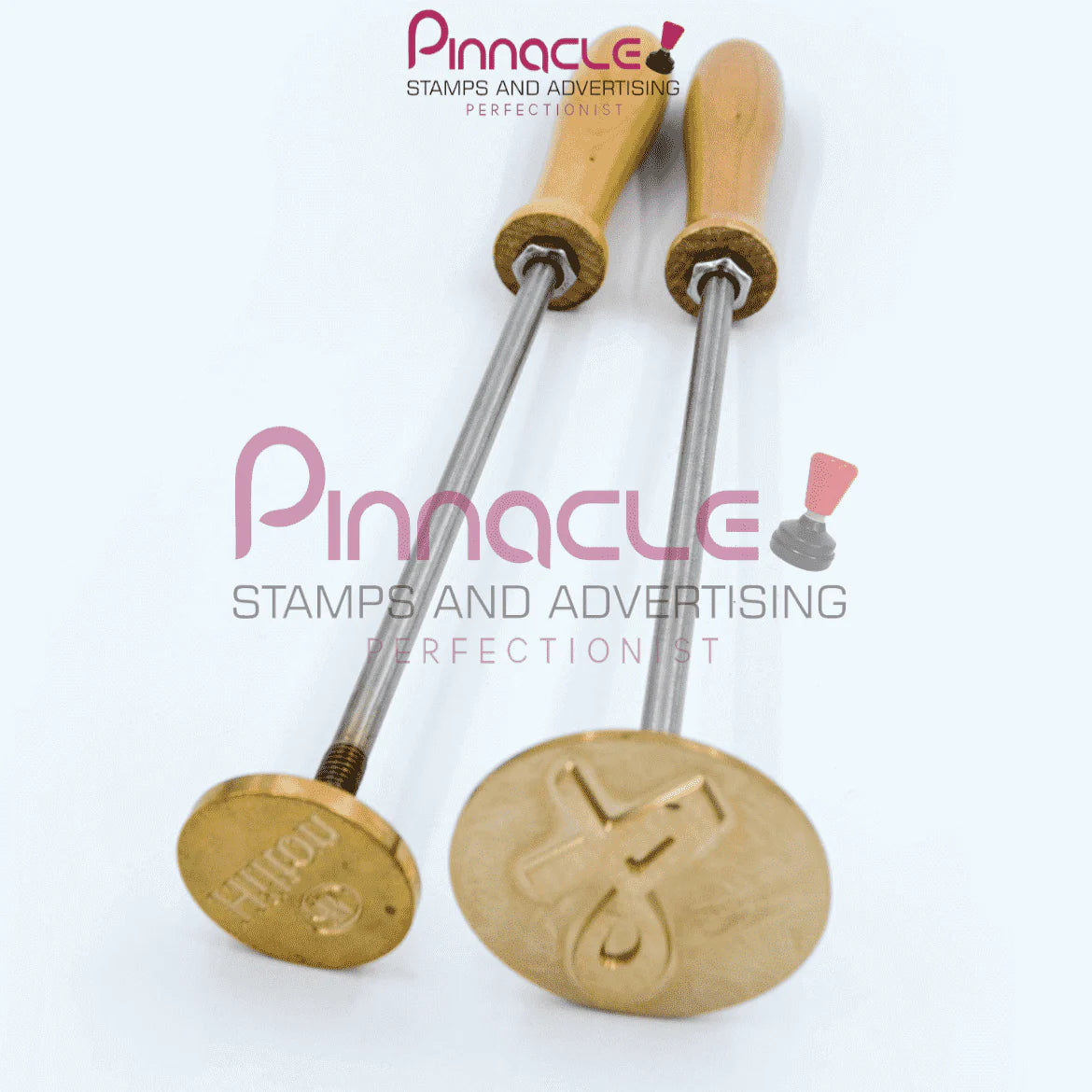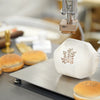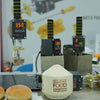Understanding Heat Stamping: A Comprehensive Guide

Heat stamping, also known as hot stamping or foil stamping, is a versatile and effective method of adding high-quality designs to various materials. Whether you’re looking to enhance branding on packaging, create intricate patterns on leather goods, or personalize products, heat stamping can elevate your project’s visual appeal. In this guest post, we’ll explore the ins and outs of heat stamping, its applications, advantages, and some tips for achieving the best results.
What is Heat Stamping?
Heat stamping involves applying heat and pressure to transfer a design or image onto a substrate, typically using a metallic foil. This process creates a permanent bond between the foil and the surface, resulting in vibrant, durable designs. The heat stamping process can be used on various materials, including paper, plastic, leather, fabric, and wood, making it a popular choice across multiple industries.
The Heat Stamping Process
The heat stamping process typically involves several key steps:
-
Design Creation: The first step is creating the design you wish to stamp. This can be done using graphic design software. Once the design is finalized, a metal die is manufactured, which will be used in the stamping process.
-
Die Preparation: The metal die is engraved with the design. It can be made from various materials, such as brass or magnesium, depending on the complexity of the design and the volume of production.
-
Foil Selection: Choosing the right foil is crucial. Foils come in various colors and finishes, including metallic, holographic, and matte. The choice of foil can greatly impact the final appearance of the stamped design.
-
Machine Setup: Heat stamping machines come in various types, including platen presses, cylinder presses, and rotary presses. The machine is set up by adjusting the temperature, pressure, and timing to ensure optimal results.
-
Stamping: The die is heated and pressed against the material with the chosen foil placed in between. The heat activates the adhesive on the foil, transferring the design to the substrate.
-
Cooling and Finishing: After stamping, the material is allowed to cool before being handled. Any excess foil is removed, and final touches can be applied as needed.
Applications of Heat Stamping
Heat stamping is used in various industries for numerous applications:
1. Packaging
Heat stamping is widely used in packaging to create attractive designs and enhance brand identity. Companies often use this technique for product labels, boxes, and bags, adding logos or decorative elements that catch the consumer’s eye.
2. Fashion and Accessories
In the fashion industry, heat stamping is commonly used on leather goods, such as handbags and wallets. Designers can create custom logos or intricate patterns, providing a touch of luxury and personalization.
3. Print and Publishing
Books, invitations, and stationery often feature heat-stamped elements to add elegance and sophistication. This technique can create stunning titles or embellishments that make printed materials stand out.
4. Promotional Products
Many businesses use heat stamping to customize promotional items such as pens, notebooks, and tote bags. This personalization helps reinforce brand recognition and creates memorable giveaways.
5. Signage
Heat stamping can also be used for creating signage, providing a professional look with durable results. Whether for indoor or outdoor use, heat-stamped signs can withstand the elements and maintain their appearance over time.
Advantages of Heat Stamping
Heat stamping offers several benefits that make it an attractive choice for many applications:
1. High-Quality Finish
Heat stamping produces a polished and professional finish that is difficult to achieve with other methods. The vibrant colors and shiny surfaces enhance the overall appearance of the product.
2. Durability
The bond created through heat stamping is strong and long-lasting, making it suitable for items that will see regular use or exposure to the elements. Stamped designs resist fading, peeling, and scratching.
3. Versatility
Heat stamping can be used on a wide range of materials, allowing for creativity and flexibility in design. It is suitable for both small-scale projects and large production runs.
4. Customization
The ability to create custom designs makes heat stamping an excellent choice for personalized products. Businesses can easily adapt designs for seasonal promotions or special events.
5. Environmentally Friendly Options
With the rise of eco-conscious consumerism, many companies are opting for environmentally friendly foils and materials. Heat stamping can be done with sustainable practices, reducing its environmental impact.
Tips for Successful Heat Stamping
To achieve the best results with heat stamping, consider the following tips:
1. Choose Quality Materials
Using high-quality foils and substrates will yield the best results. Invest in good dies and ensure the materials you are working with are suitable for heat stamping.
2. Optimize Machine Settings
Properly calibrate your heat stamping machine. Adjust the temperature, pressure, and time based on the materials you are using to avoid issues such as incomplete transfers or damage to the substrate.
3. Test Before Production
Always conduct test runs to fine-tune your settings and ensure the design looks as expected. This step can save you time and resources in the long run.
4. Keep the Workspace Clean
Dust and debris can interfere with the stamping process, so maintain a clean workspace. Regularly check and clean the machine to prevent malfunctions.
5. Explore Creative Possibilities
Don’t hesitate to experiment with different foils, textures, and techniques. Combining heat stamping with other methods like embossing or debossing can create unique and eye-catching designs.
Conclusion
Heat stamping is a powerful tool for enhancing products across various industries. Its ability to create vibrant, durable designs makes it a popular choice for branding and personalization. By understanding the heat stamping process and applying the tips outlined in this post, you can unlock the full potential of this technique and take your projects to the next level. Whether you’re a business owner looking to elevate your brand or a hobbyist seeking to create unique items, heat stamping offers endless possibilities. So, get started, experiment, and let your creativity shine!





